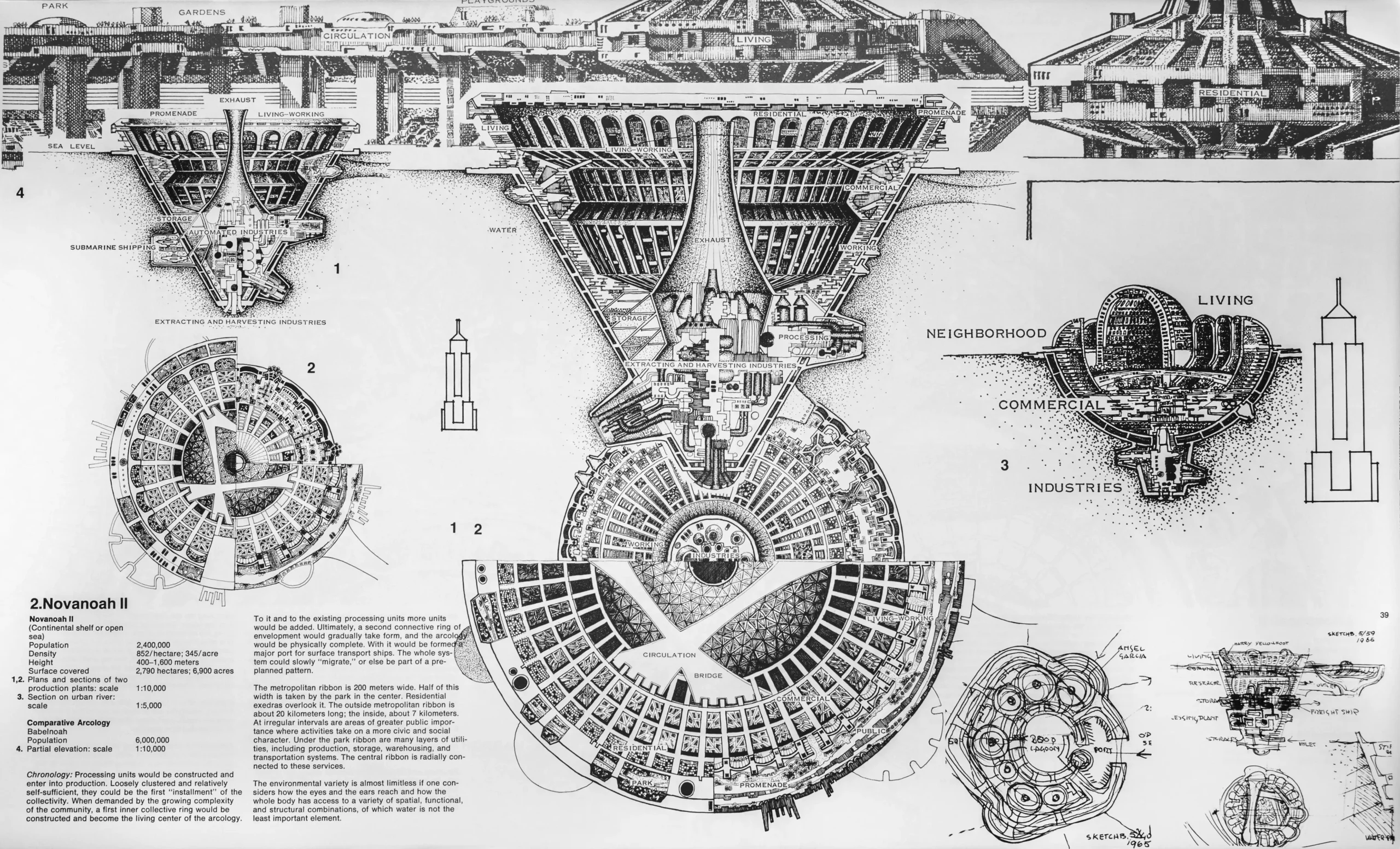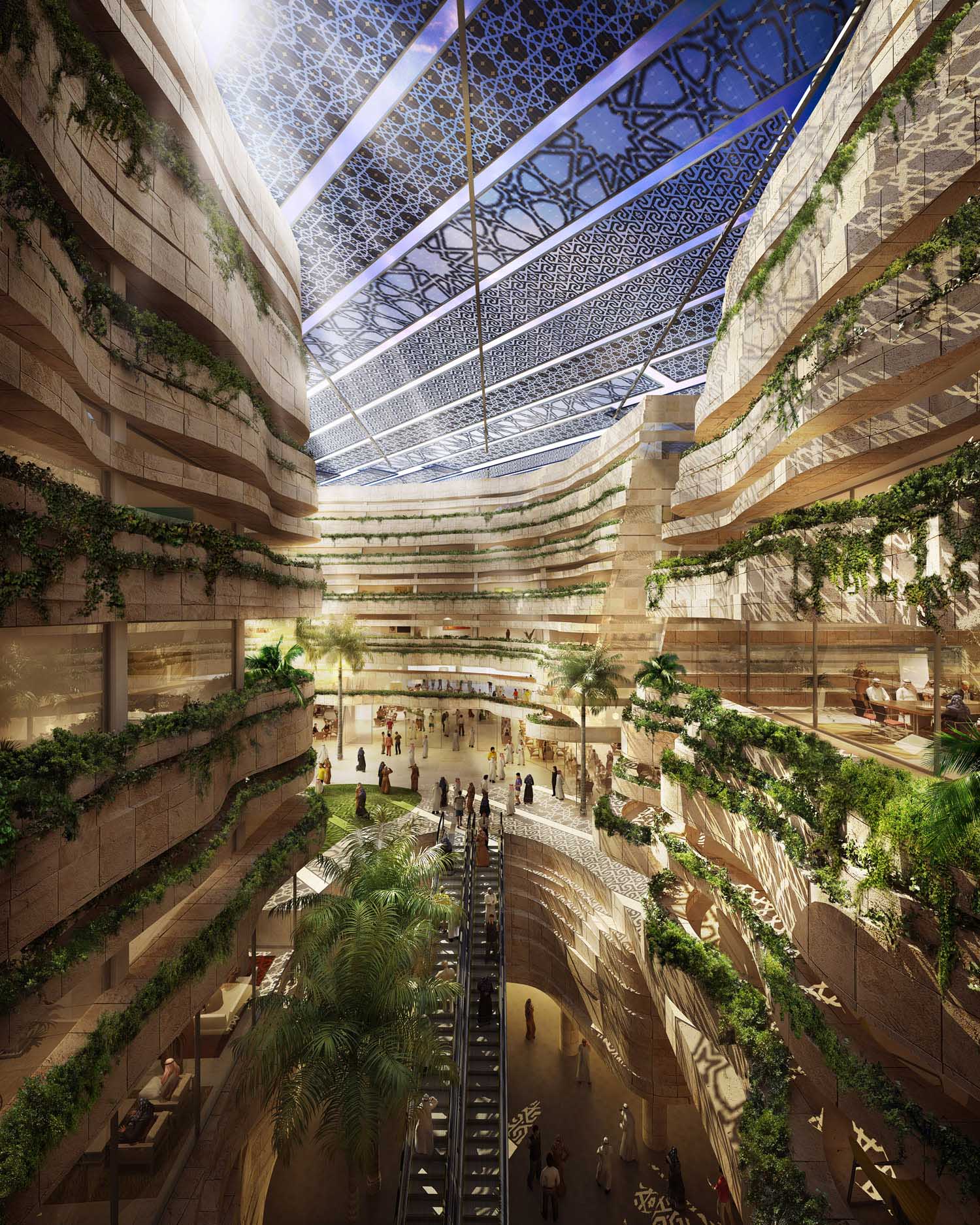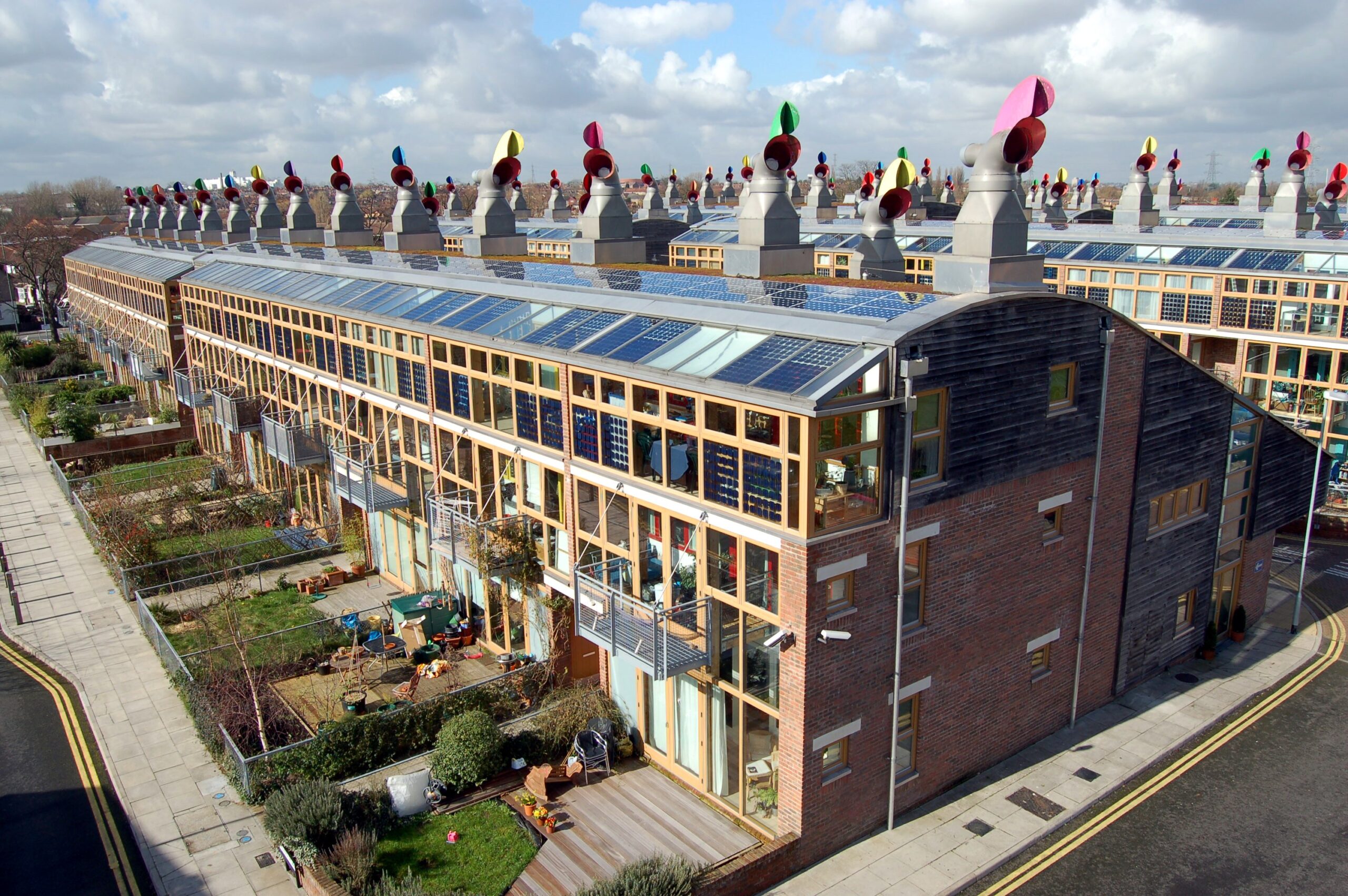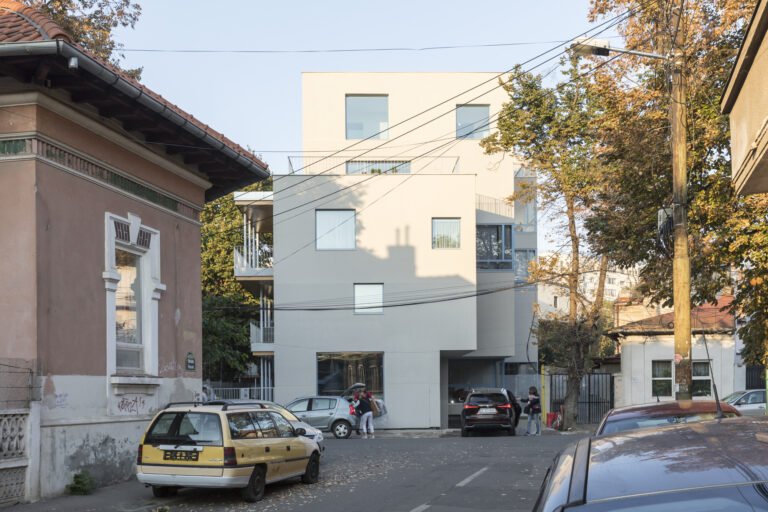The Arcology Revolution: Building the Cities of Tomorrow
Judging for the 11th A+Awards is now underway! While awaiting the Winners, prepare for the upcoming Architizer Vision Awards, honoring the best architectural photography, film, visualizations, drawings, models and the talented creators behind them. Learn more and register >
Imagine living in a city where everything you need is within walking distance. A place where green spaces and renewable energy sources are integrated into the very fabric of the surrounding built environment. Where the area you live in grows and evolves with your needs seamlessly and without disruption. This is the vision of arcology, a concept that combines architecture and ecology with the goal of creating self-sustaining, high-density urban environments that will help navigate humanity through the current climate, population and resource challenges we are currently facing.

Novanoah II by Paolo Soleri from Arcology: The City in the Image of Man (1969) via The Cosanti Foundation
The origins of arcology as a concept can be traced back to the 1960s when Italian-American architect Paolo Soleri initially proposed the idea. Soleri envisioned a new type of city that would minimize the ecological footprint of urban areas while maximizing their functionality. By favoring a singular compact planning model over sprawling urban landscapes, his designs incorporated bold biophilia initiatives, state-of-the-art renewable energy sources, and communities that could be self-sustaining, all within a compact and efficient footprint.
Since then, arcology has captured the imaginations of architects, urban planners, developers, countries and kingdoms across the world. The potential benefits of arcology are clear: reduced physical footprint equals reduced waste, reduced resource consumption, and more efficient, available services, all resulting in an improved quality of life at much higher levels of sustainability. At the time, the idea seemed radical and mostly unnecessary. Today however the concept of arcology, for many people, appears to be the only way forward.
As with any bold proposal, there is a myriad of concerns with projects based on arcology principles. A central issue is that some people believe that arcologies could become isolated, self-contained communities that are disconnected from the surrounding civilization and even from the global community. While the long-term benefits of reduced resource consumption and improved quality of life are clear, the upfront costs of constructing arcologies can be prohibitively high, with the potential for self-contained cities that do not have the amenities or systems to support the communities within safely. There are ongoing maintenance costs associated with facilitating the complex systems that make arcologies self-sustaining that cannot be ignored.
In other circles, critics argue that should these structures be successfully built, they could be used to justify and perpetuate classism, allowing the wealthy to retreat into self-sustaining enclaves. At the same time, the rest of the world would continue to struggle with environmental degradation and resource depletion that was ultimately added to during the construction of such places.
Despite the concerns, numerous examples of arcology are being adopted in real-world projects, with Saudi Arabia’s ambitious NEOM development and The Line being one of the most widely recognized projects based on arcology principles. The new cities within NEOM are intended to be a model for sustainable living using all the critical components of arcology in their design and development. The Line aims to be sustainable and self-sufficient while promoting the well-being of its residents and the environment. Incorporating innovative technologies such as renewable energy sources, waste reduction techniques, and water conservation methods while prioritizing green spaces, biodiversity, and a comprehensive transportation system to minimize car use.
Yet, while NEOM may be the most well-known (for better or for worse), many other countries have also made inroads in this ambitious urban planning and development field. One of the most exciting aspects of arcology is the sheer variety of designs and mediums being used to explore concepts and ideas. From behind their computer screens, architects and designers are pushing the boundaries of what is possible with arcology.

Visualization of Masdar City Centre Image provided by LAVA – Laboratory for Visionary Architecture
For example, Masdar City in Abu Dhabi, United Arab Emirates, is a planned city project designed by Foster + Partners. The city’s design prioritizes walkability, shade, and ventilation to reduce energy consumption and enhance the quality of life for residents. The city’s buildings are also designed to be energy-efficient, using renewable energy sources like solar power and geothermal energy. The compact design of the city and the integration of transportation systems, such as electric vehicles and a light rail system, aim to reduce the city’s carbon footprint.

BedZED by Bill Dunster, Hackbridge, London, England. Photograph by Tom Chance, CC BY 2.0, via Wikimedia Commons
BedZED in London in the United Kingdom was one of the UK’s first successful sustainable community developments. Built-in 2002, the self-sustainable community features energy-efficient homes, green roofs, and a car-free transportation system. The development also prioritizes community living, with communal spaces like courtyards and gardens that promote social interaction and reduce isolation—giving us a glimpse of arcology at a smaller scale yet working as intended.
Many future projects range from the realistic to the completely unimaginable. The Shimizu TRY 2004 Mega-City Pyramid is a visionary Shimizu Corporation project for the construction of a massive self-sustaining arcology pyramid over Tokyo Bay in Japan that would have businesses, parks, and other services contained within the building. It would house one million people inside its 2,004 meters (6,575 feet) high structure, including five stacked trusses, each with similar dimensions to the Great Pyramid of Giza. In sum, the project is a mammoth undertaking that, if successful, is not expected to be completed until 2110.
Seven world wonders that might have been, like the mighty Shimizu Mega-City Pyramid: https://t.co/wtCiW8OId9 pic.twitter.com/bYaoOKJNJu
— ForbesLife (@ForbesLife) July 19, 2018
Arcology is a concept that is both visionary and practical, with the potential to transform the way we live, work, and play in urban environments. While there are concerns and challenges associated with arcology, the benefits are clear: improved quality of life, reduced resource consumption, and increased sustainability. Whether through new developments like NEOM or smaller-scale interventions in existing urban areas, arcology represents a powerful tool for creating the cities of tomorrow.
Despite the challenges and complexities of implementing arcology in practice, it remains a compelling vision for the future of urban living. By prioritizing sustainability, community, and innovation, arcology has the potential to create a new paradigm for the built environment. As we continue to grapple with the challenges of climate change, resource depletion, and urbanization, arcology offers a path forward to a better, more sustainable future.
Judging for the 11th A+Awards is now underway! While awaiting the Winners, prepare for the upcoming Architizer Vision Awards, honoring the best architectural photography, film, visualizations, drawings, models and the talented creators behind them. Learn more and register >




